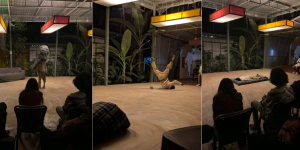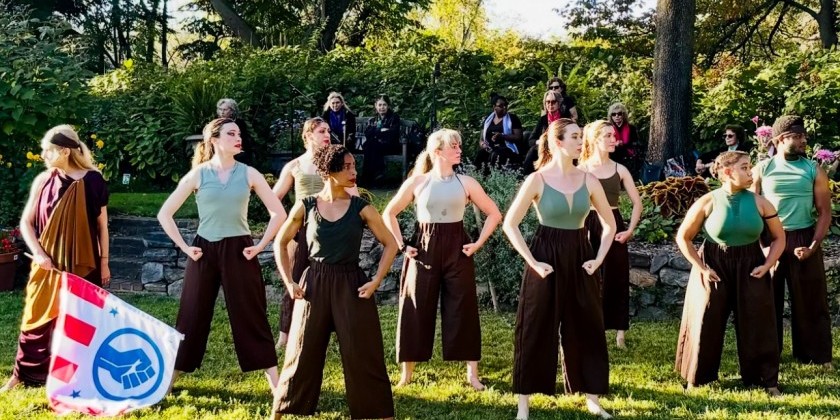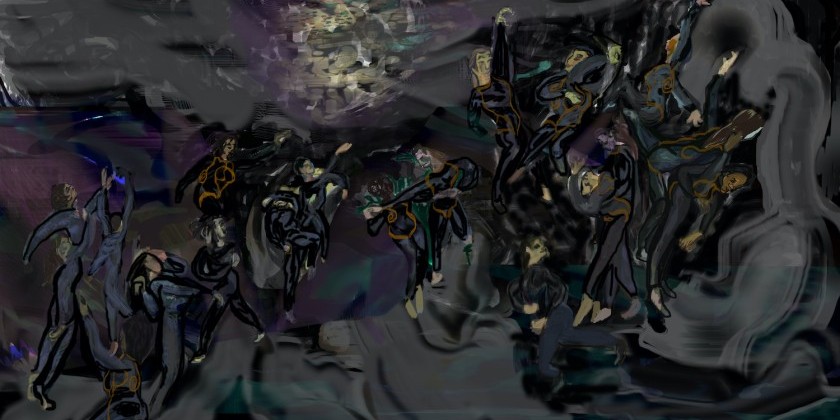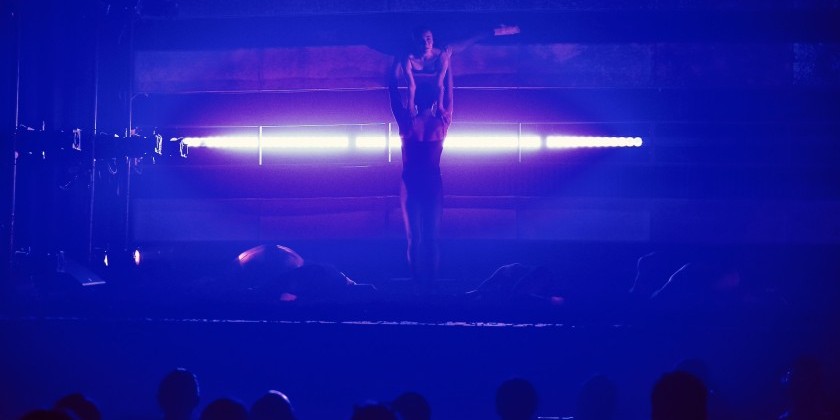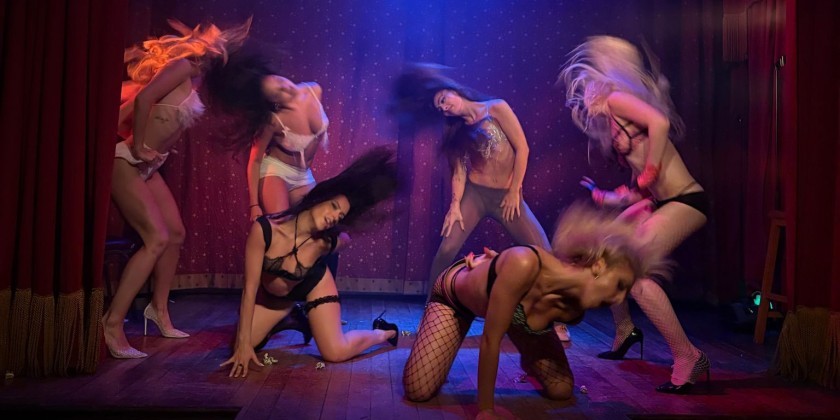AUDIENCE REVIEW: Rhythms of Exchange: Flamenco/Jazz dance and music performance
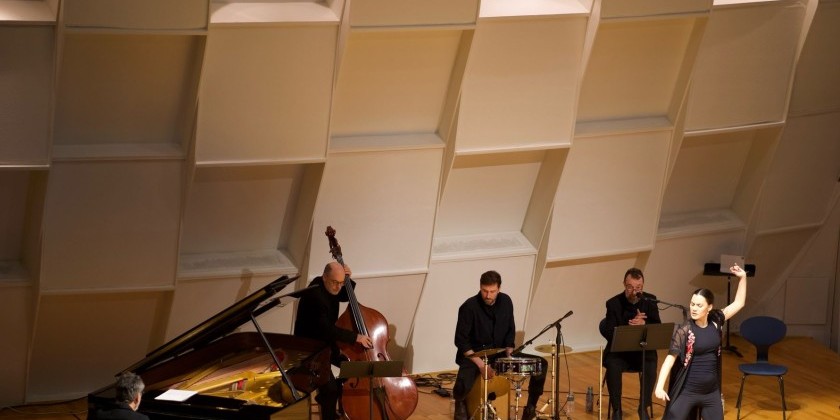
Performance Date:
04/15/2025
Freeform Review:
In a rare and electrifying evening of music and dance, dancer-neuroscientist Constantina Theofanopoulou and an extraordinary ensemble of musicians—Alfonso Cid (vocals/flute), Jesús Hernández (piano), Tim Ferguson (bass), and Alberto Muñoz Sánchez (percussion)—brought the fusion of Flamenco and Jazz to life in a performance that was as intellectually enriching as it was emotionally stirring.
The program, hosted at Rockefeller University, was not only a showcase of artistic excellence but also a carefully curated journey through history. Theofanopoulou’s opening remarks set the tone with an insightful explanation of Cantes de Ida y Vuelta—Flamenco styles shaped by transatlantic cultural exchange. The framing was clear, elegant, and educational, reminding the audience that Flamenco’s roots stretch far beyond Spain, drawing deeply from Latin American, African, and Indigenous traditions.
From the very first note and movement, it was clear that this performance was no ordinary recital—it was a conversation between artists fluent in the languages of improvisation, rhythm, and emotion. Jazz and Flamenco, two forms known for their structured spontaneity, met in an exhilarating dialogue where boundaries blurred and expectations were artfully subverted. The result was a beautiful game of surprise and anticipation, where musical phrases and percussive footwork teased and answered one another in an intimate, sometimes explosive, exchange.
Theofanopoulou’s dancing was a revelation. She did not merely accompany the music; she generated it—with her feet, her claps, her breath. Each gesture was as precise as it was expressive, balancing tension and release with breathtaking control. At times, she stood alone, summoning entire rhythmic landscapes with only her body; at others, she melted seamlessly into the ensemble’s sonic textures, not simply dancing to the music but with it—co-creating it. Her interpretive depth was especially striking as she gave physical form to the sung lyrics, becoming not just a dancer, but a storyteller, a percussive musician, and an actress all at once.
The musical ensemble matched her in brilliance. Cid’s voice was hauntingly emotive—capable of both fragility and force—and his flute added moments of airy transcendence. Hernández’s piano playing was lyrical and fluid, weaving jazz harmonies through Flamenco’s passionate lines. Ferguson’s bass grounded the performance with subtle, surprising textures that added a jazz sensibility. Muñoz Sánchez brought a dazzling array of rhythmic colors with a hybrid percussion set that honored both traditions, notably through the powerful presence of the Peruvian cajón.
The performance structure was thoughtfully designed—moving from traditional Flamenco forms like Farruca and Jaleos to the Latin American-infused Guajira and Rumba. This progression not only entertained but educated, subtly reinforcing the historical and emotional landscapes these forms traverse: pain, longing, migration, joy, and return.
Finally, it’s impossible to ignore the deeper resonance of the evening. Theofanopoulou is not only an artist of rare caliber but also a neuroscientist whose research explores the therapeutic potential of dance, particularly for people with neurodegenerative diseases. Her dual identity—artist and scientist—underscored the night’s deeper message: that the arts are not merely ornamental but vital, healing, and deeply human.
By the end of the night, the audience was audibly moved. And when the final note faded, we were left not only wanting more but somehow transformed—reminded of the power of exchange, of history, and of art’s ability to connect mind, body, and soul.
Author:
Marisa Rodriguez




